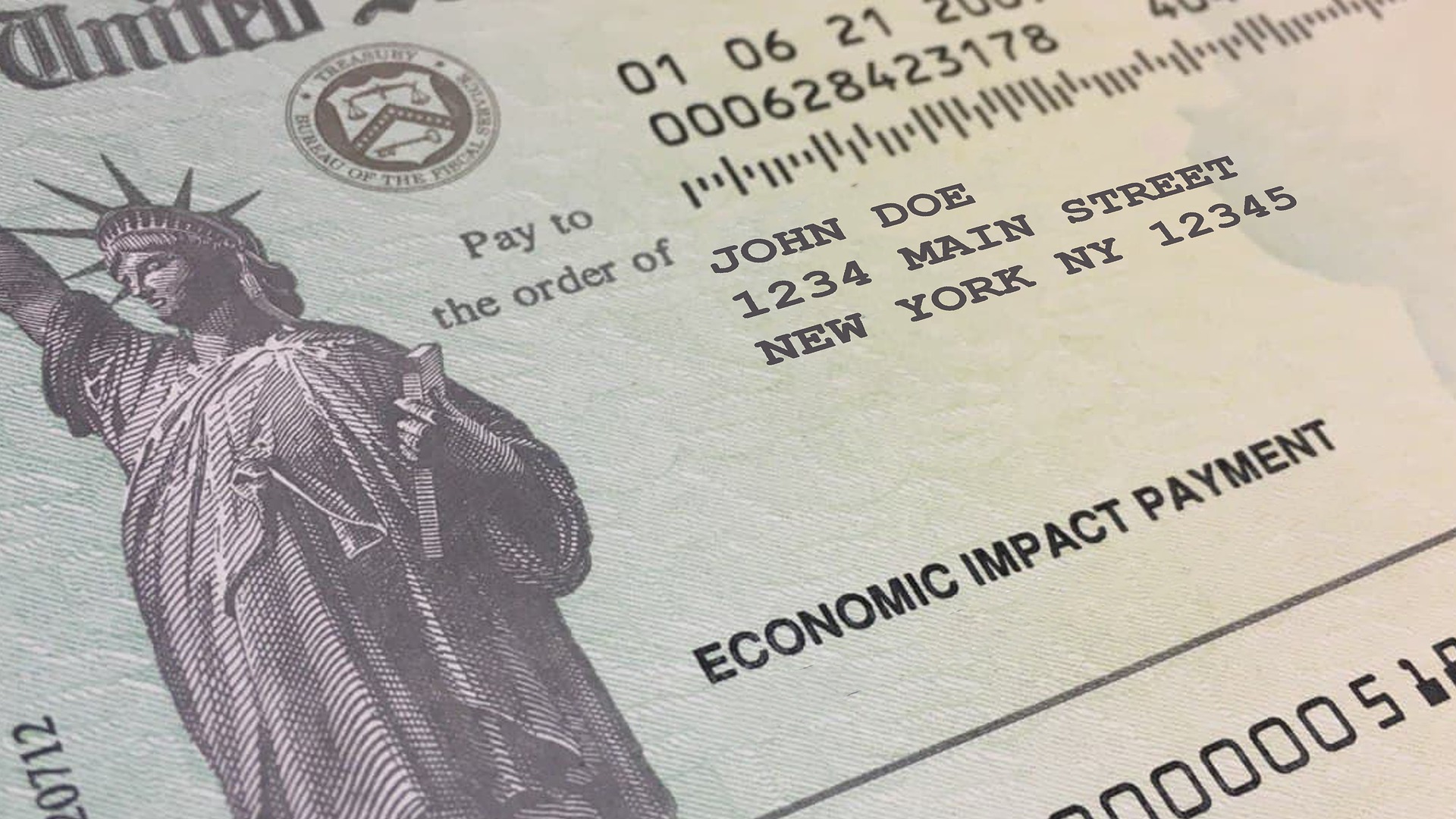
A recent study estimates that the cost of healthcare will consume roughly 70% of a couple’s lifetime Social Security income when they retire at age 65.
These results contrast with recent positive news that older persons will receive an 8.7% boost in Social Security payments for the upcoming year and a $5.20 reduction in their regular Medicare Part B payments.
According to experts, this scarce combination of higher benefits and lower premiums is unlikely to happen again soon.
#BREAKING! About 70 million Americans will get a 8.7% increase in monthly #SocialSecurity benefits and #SSI payments in 2023. Check our blog for more information: https://t.co/01HEEzrljy #COLA #2023COLA pic.twitter.com/zPXqNTPaeq
— Social Security (@SocialSecurity) October 13, 2022
Upcoming Inflation Increase
Instead, a study from HealthView Services, a company that offers financial advisors data and tools on retirement healthcare costs, predicts that the long-term trend of healthcare rising prices surpassing Social Security pay increases will reinstate, causing healthcare costs to consume a growing portion of retirees’ benefit checks over time.
According to estimates from HealthView Services based on government data, Medicare Part B premiums, which are only one element of healthcare costs, will increase by about 5.9% annually through 2031; in contrast, the SSA anticipates a 2.4% cost-of-living adjustment every year from 2024 through 2031.
Raise In Medical Expenditure
According to HealthView Services, a healthy couple can anticipate spending between 45% and 48% of the Social Security income, excluding taxes, on medical expenses in the first 3 years of retirement.
The 8.7% Social Security COLA (cost of living adjustment) for 2023 will be the most since 1981.https://t.co/IIAe1ELYtr pic.twitter.com/jAJ7SUxEbw
— Heather Long (@byHeatherLong) October 13, 2022
At the end of the life, the report says the duo die at age 89 nearly each of his\her Social Security income ends up going to healthcare bills. They will obtain an anticipated $56,066 in gains, vs $55,555 in medical expenses.
After ten years, that percentage. e will rise to 64%. The high expense results from older patients using the healthcare system more frequently and greater compounded medical expenditures.
It is assumed in the calculations that both spouses will apply for Social Security benefits at age 65. They don’t have any significant conditions like diabetes and are in good health for their period.
Home health care and Medicare income-related month-to-month adjusting amount (IRMAA), which higher-income beneficiaries pay, are not included in Barron’s calculations reports.



